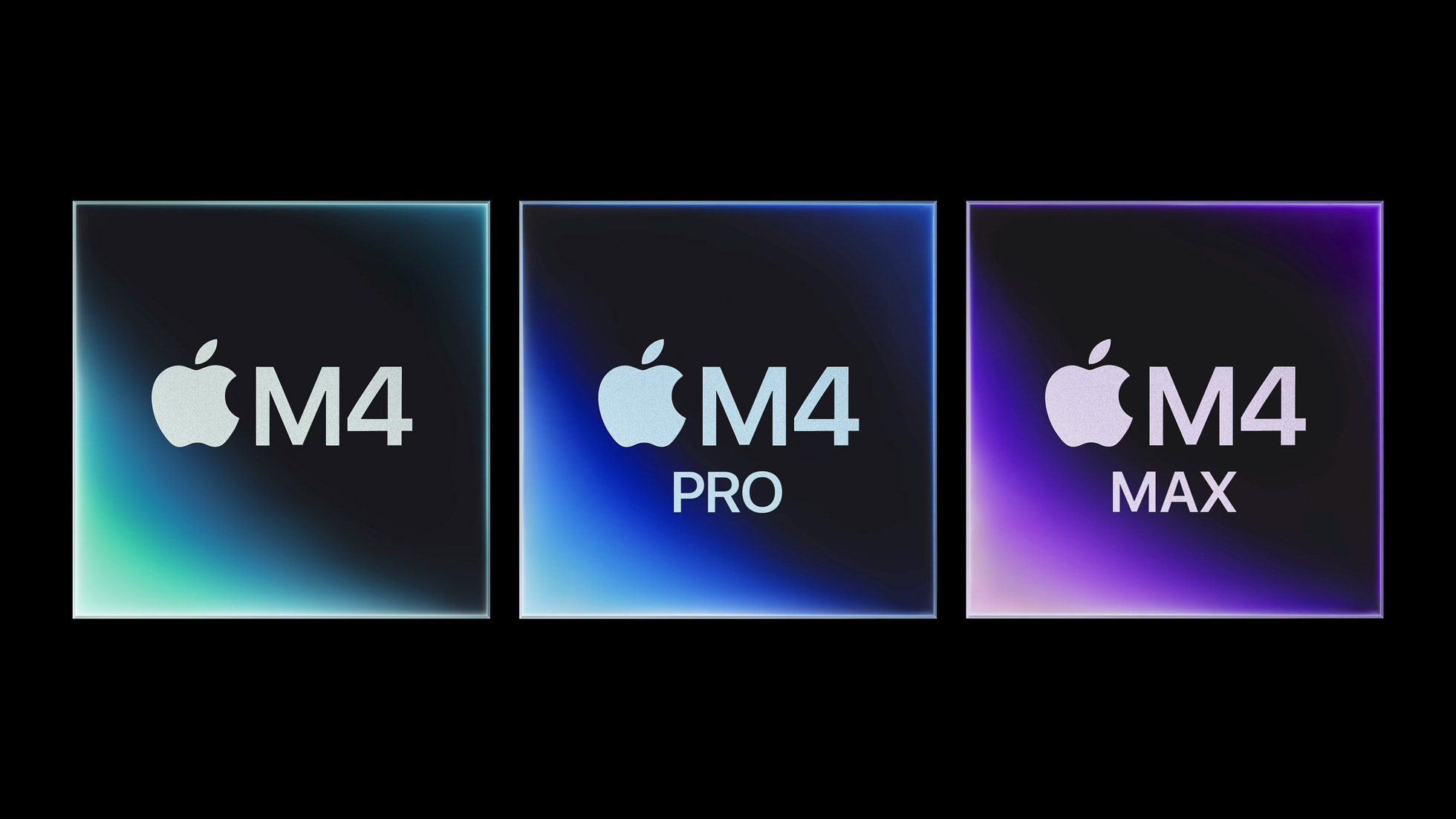As big fans of Apple’s M series, we have written extensively about them here and here, we are giddy with joy with the promise of the M4. Apple first teased the power of the M4 chip with its release in the iPad Pro earlier this year, sparking excitement but also some frustration—many agree the M4’s true potential can’t be fully utilized on the iPad due to iPadOS constraints. Now, Apple has revealed the full capabilities of the M4 lineup with new MacBook, iMac, and Mac Mini models. And if the performance stats are anything to go by, this could very well be the most powerful chip in any consumer-grade PC, especially for AI-focused tasks. Move over Snapdragon Elite Processor, Intel Core Ultra 200, and AMD Ryzen 9 HX 370!
The M4 series includes four versions: the standard M4 (with 8 or 10 CPU cores), the M4 Pro (with up to 20 GPU cores), and the M4 Max. Each model delivers substantial boosts in graphics performance, with up to 2x faster ray tracing and a dramatically enhanced Neural Engine (or NPU, familiar to those in the PC Copilot+ crowd). In the Mac lineup, we’re also seeing impressive new features like multiple-display support on the standard M4 and Thunderbolt 5 on the M4 Pro, which cranks up data transfer speeds to new heights. Add to that the 273GB/s memory bandwidth—double that of any PC AI chip—this processor is a multitasking powerhouse. For a lot of people, the most exciting information about the M4 powered MacBook is Apple’s claim that the battery will last for 24 hours. That is wild!
Who Is the M4 Chip For?
The M4 chip isn’t just another processor upgrade—it’s designed for those who demand serious power and efficiency, particularly users pushing the boundaries in AI, video editing, 3D rendering, and high-performance gaming. Here’s a closer look at the people who’ll benefit the most from Apple’s latest powerhouse:
- AI Enthusiasts and Developers: The M4’s Neural Engine is a game-changer, allowing machine learning and AI workloads to run with blazing efficiency. For those experimenting with AI models or using machine learning for app development, the M4’s boosted NPU and 2x faster ray tracing can handle complex calculations faster and more accurately.
- Creative Professionals: Designers, video editors, and animators will feel the difference in the M4 Pro and M4 Max versions, which offer enhanced GPU performance and support for multiple displays. Whether you’re editing high-resolution video or working with large graphics files, these chips reduce rendering times and streamline workflows with their high memory bandwidth and upgraded graphics.
- Engineers and Scientists: For users in fields that require powerful simulations or data-heavy computations, like software engineering, biotechnology, or physics, the M4 Pro’s Thunderbolt 5 compatibility and the M4 Max’s memory bandwidth can dramatically improve multitasking and data transfer speeds.
- Everyday Multitaskers: If you’re the kind of user who always has dozens of tabs, applications, and projects open simultaneously, the M4’s increased RAM support and memory bandwidth make it a multitasking powerhouse. Even on the standard M4, users will find switching between tasks smoother and more responsive than ever.
- Mac Loyalists Looking to Future-Proof: For anyone who relies on Apple’s ecosystem and wants a Mac that will stay competitive for years to come, the M4’s architecture and compatibility with macOS Sequoia’s Apple Intelligence make it a solid investment.
Apple’s AI assistant, Apple Intelligence, debuts with macOS Sequoia on the M4 Macs, though a fully polished version is expected by December. And yes, Apple has reserved this feature exclusively for its M-series MacBooks, leaving Intel-based Macs out in the cold.
For the first time, all base models (MacBook Pro, Mac Mini, and iMac) now come with 16GB of RAM as standard. However, true to Apple’s tradition, they still cap the base storage at 256GB. If you need more storage, expect to pay a premium—unfortunately, the SSDs are non-upgradable.
Here in the office, we can’t wait to get our hands on these new machines. If you’re looking to get a MacBook Air with the M4, though, you’ll need to wait until next year.
So, are you planning to snag the new M4 MacBook Pro? Let us know what you think!




